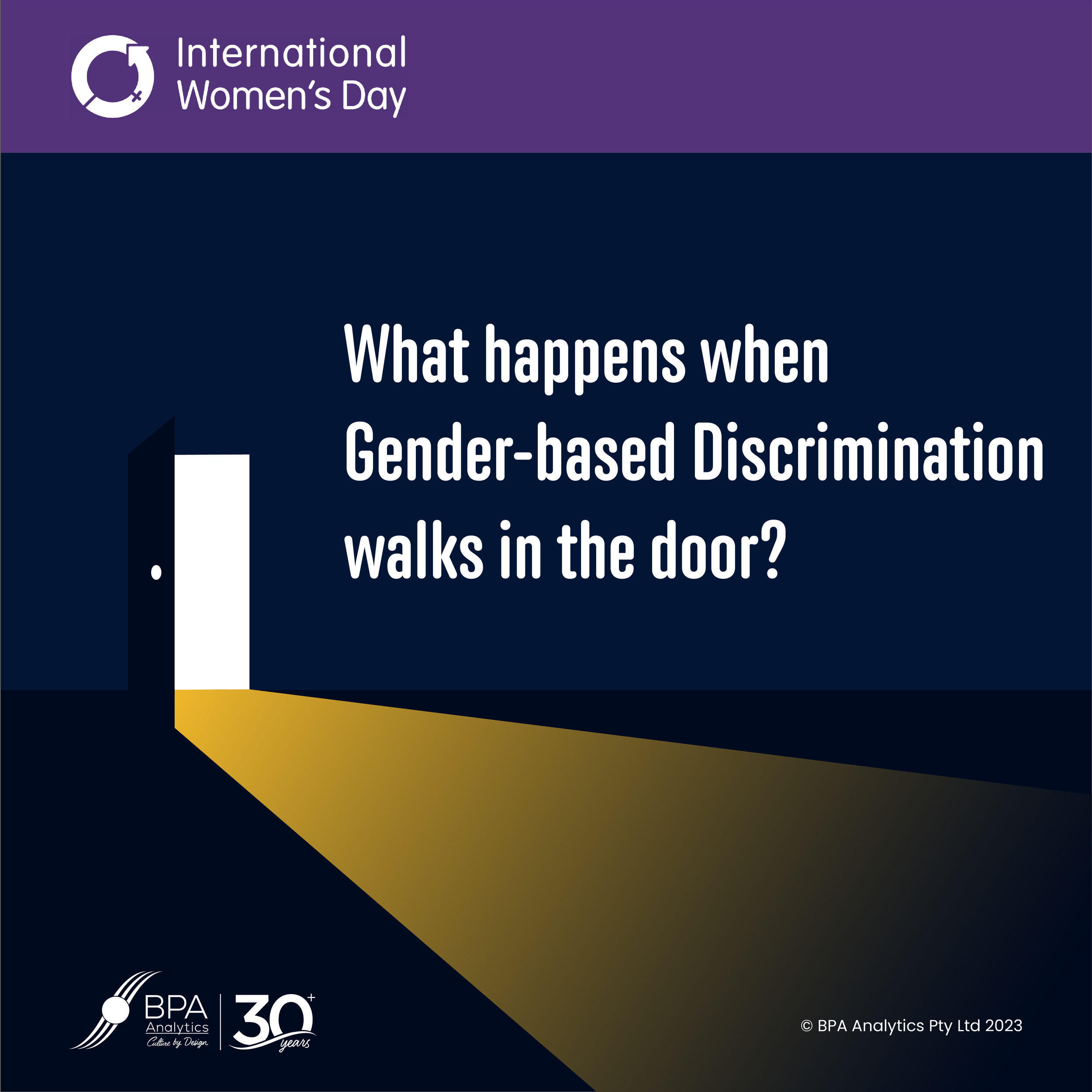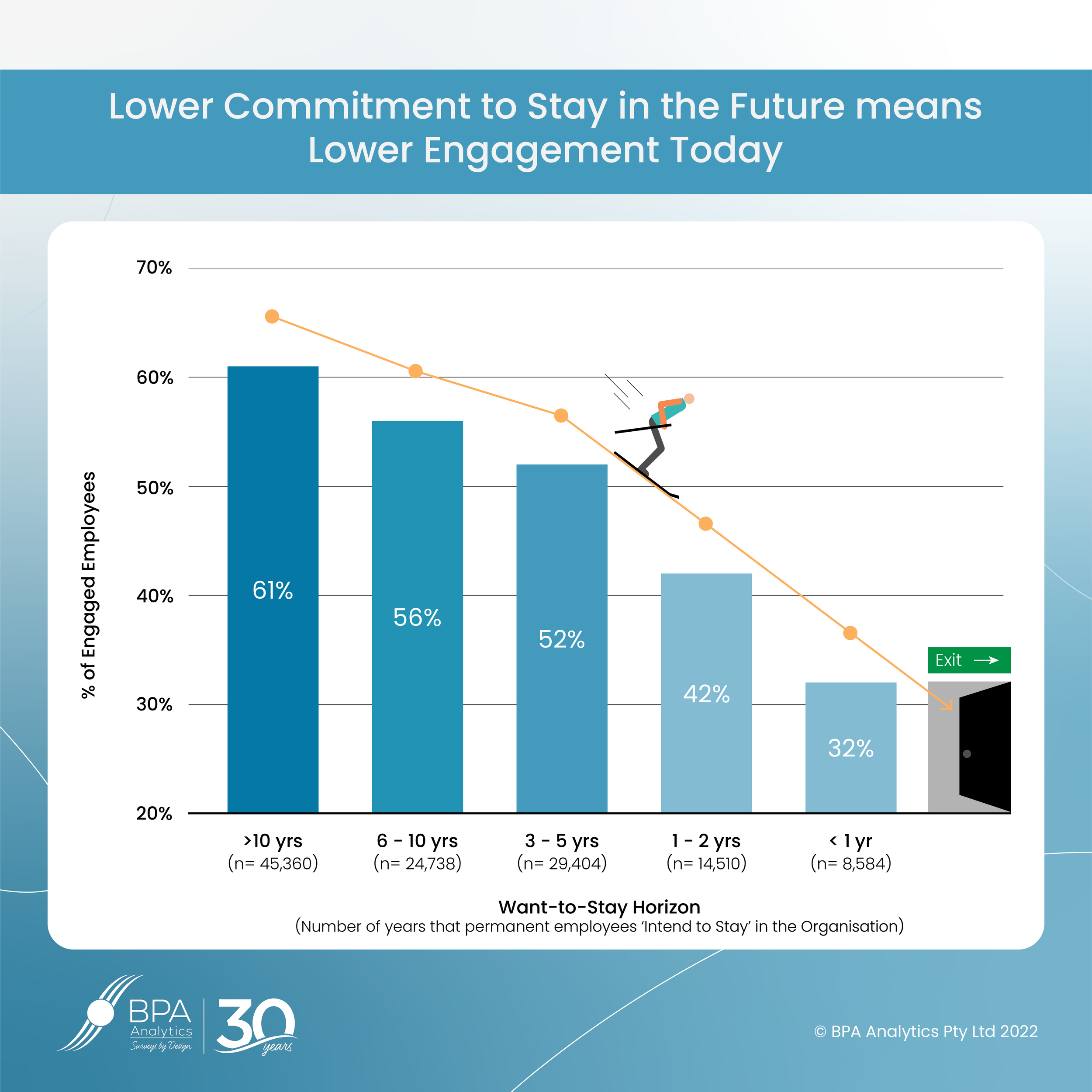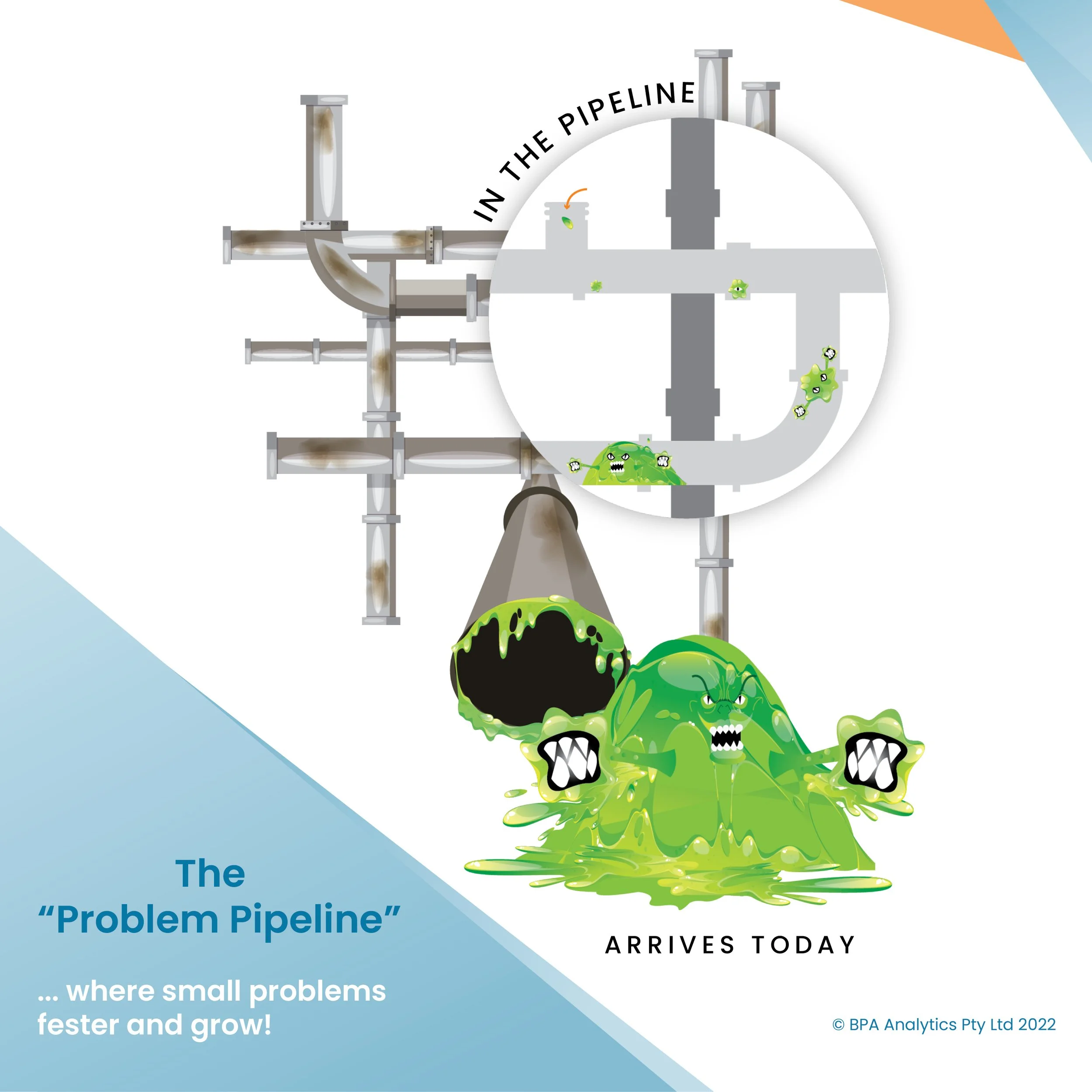Employee Engagement is NOT something you can drive like a machine
/… It’s something you grow and shape. Here’s how.
Employee Engagement is the level of positivity that’s embedded in an organisation’s culture.
It derives from the accumulated mosaic of motivations that employees bring to their organisation.
And it is not something that an organisation can drive because it lives inside each individual employee’s own rich and vibrant life circumstances.
However, it is something that organisations can grow and shape by giving attention to 4 key areas.
1) Understand your employees’ most important motivations.
The best way to do this is to actually ask them and let them tell you ‘in their own words”, what is important to them in their relationship with your organisation.
2) Optimise the most important Tangible Benefits that your employees are looking for – the things they get from their job.
BPA’s research to date has identified 7 main types of Tangible Benefits:
Organisational Purposes & Reputation
Type of Work, Position or Services
Desirable or Convenient Location
Pay, Security & Conditions
Employment & Development Opportunities
Hours or Shifts
Workplace Safety
3) Optimise the most important Intangible Benefits that your employees are looking for – the way they feel and how they are treated.
BPA’s research to date has identified 6 main types of Intangible Benefits:
Enjoyment & Commitment
Personal Wellbeing
Experiences with Clients
Experiences with Colleagues
Respect & Understanding
Values & Standards of Behaviour
4) Most importantly, give extra-ordinary attention to your Work Enablers.
BPA’s research to date has identified 12 main types of Work Enablers.
Effective Teamwork
Support from Others
Communication & Listening
Attention to Quality & Standards
Management & Leadership Skills
Problem Resolution & Improvement
Appropriate Workloads & Staffing
Being Organised & Efficient
Clear Decisions & Direction
Appropriate Work-spaces & Technology
Flexibility & Reasonableness
Knowledge & Skill Levels
If these are managed well, then they enable employees to do their work properly.
But if they are neglected, then they block employees from doing their work properly and create significant downward pressure on Employee Engagement.
There is no little irony in the observation that Employee Engagement is firstly, how well the organisation (via all its leaders and managers) engages with its employees, followed by how well employees reciprocate their engagement with the organisation.

















